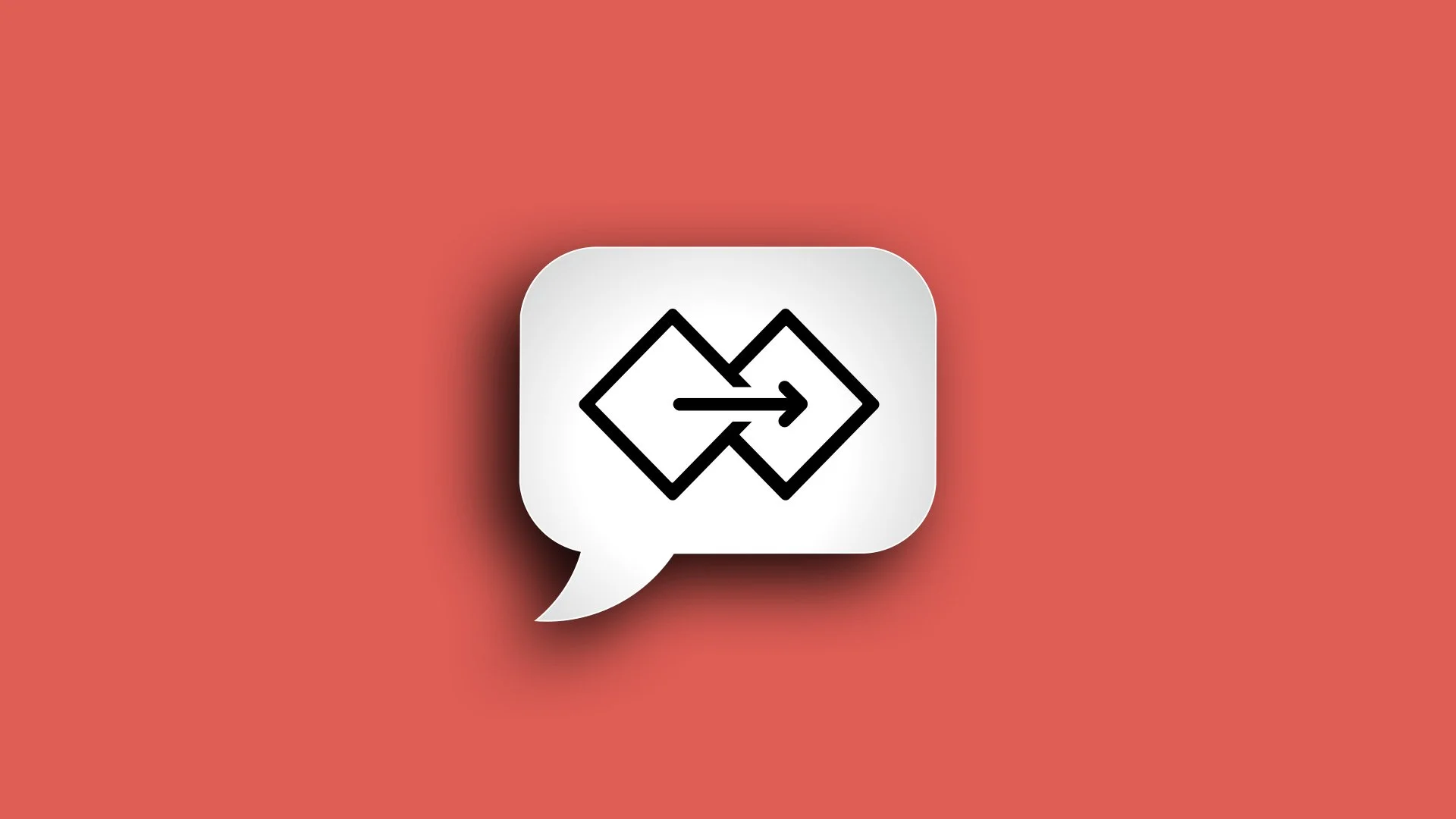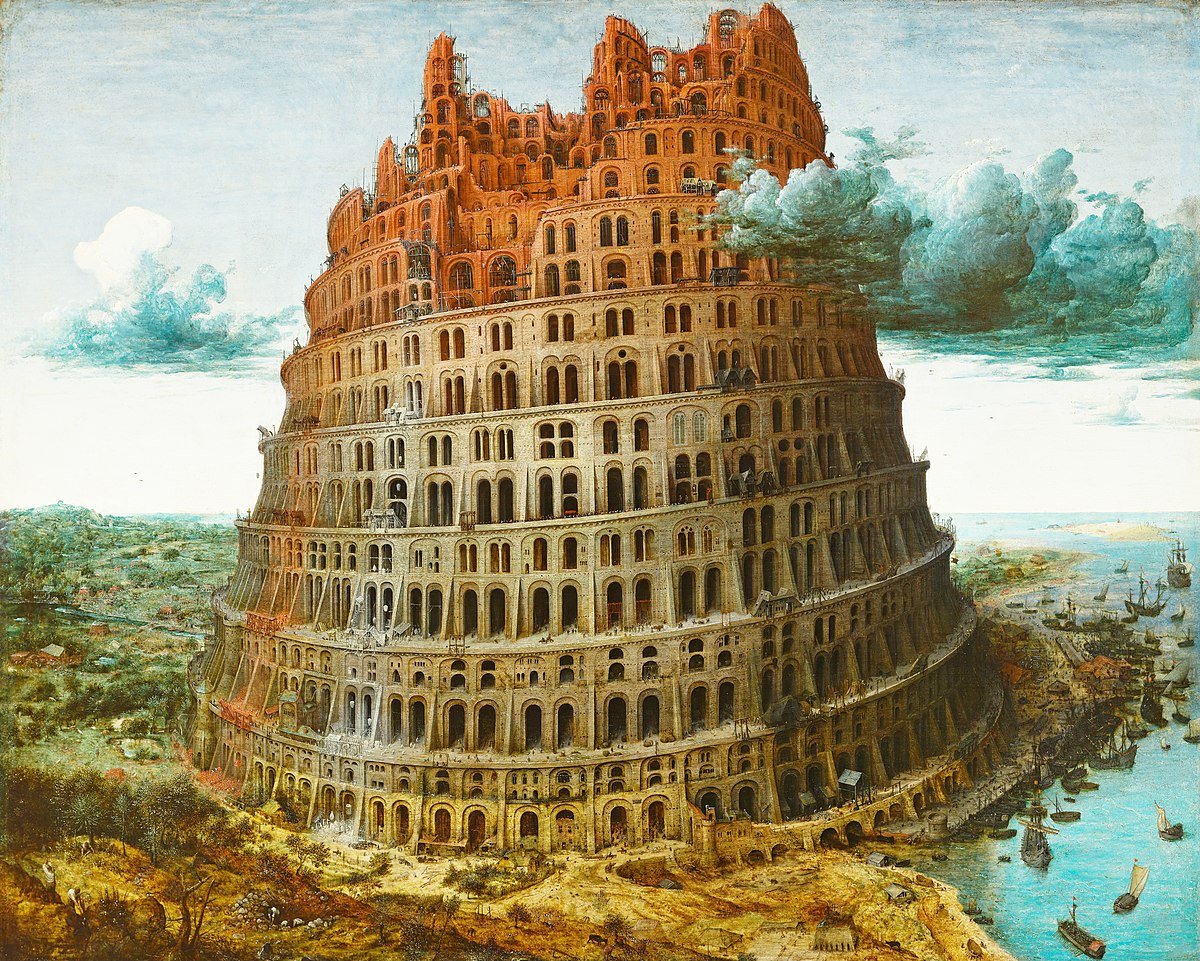Learn to speak double diamond - Our best shot at a common language for design!
UX Designers come from all kinds of backgrounds. This means that different professional perspectives naturally come together in design. Unfortunately, this creative potential is often not fully realised because we often lack a shared design language.
This article will show how some of the most used design languages relate to each other. And the good news is - they say exactly the same!
When you are done reading this article the design field will be much clearer to you - I promise!
The biblical story about the Tower of Babel and how humans were cast into speaking different languages resembles the challenge of how design teams and UX professionals often struggle to align on a shared understanding.
Below, I have listed a number of popular design process frameworks. The question is, what is the difference between them?
Answer: none!
Absolutely NONE.
Design Process Frameworks
Double Diamond,
Design Thinking,
User-Centred Design,
Human-Centred Design,
ISO-9241,
Contextual Design,
IEC-62366,
6C-Model.
So why on earth do we have so many different versions of what is essentially the same thing?
I have different theories and opinions about that, but really, what we need is the ability to translate between the different models. To do so, we need a “design phrasebook” that we can use as a reference for the different design frameworks.
So that is what we made.
At Design Psychology, we have chosen to align our methods and thinking to the Double Diamond model by the British Design Council.
There are many reasons for doing so, but one very pragmatic is that it seems to be the closest thing we have to an industry-standard (albeit informal) as more and more designers adopt this particular design language.
In the following section, we will show how a range of popular design frameworks relates to this Double Diamond reference model.
We start with the Stanford D-School design thinking five-step hexagon model:
Stanford D-School: Design Thinking
Nielsen Norman Group: Design Thinking 101 Six-step circular model
How the Nielsen Norman Group Design Thinking 101 model relates to the Double Diamond.
ISO 9241: Human Centred Design model
IDEO: Human-Centred Design
It's a process! It's a toolkit! It's a mindset!
This headline is the design equivalent of the Superman TV series opening statement:
It's a bird! It's a plane! It's Superman!
Ok… I can’t completely refrain from sharing a thought or two on why we have so many different names for the same thing.
When we look at a visualisation of a user-centred design model, we can really see three different things:
If you just look at the two diamonds, they diverge and converge. This would be a process look.
If you look at the concrete activities that anchor the design process in real people's needs and capabilities, you would get a toolkit (a human-centred toolkit, some would argue).
And finally, if you reflect on the notion that the design process is iterative and you learn during it - it constitutes a mindset.
In practical terms, what most companies successfully implement is a design process that is both a process, toolkit and mindset.
Since we are at it - there is a fourth element we can include: knowledge. Knowledge of human beings. This perspective is captured in human factors and supplements involving concrete end-users in the design process with the knowledge-base of what we generally already know about how people naturally function best and how to accommodate that in design. This extended approach to a design process is why most of the Design Psychology team have expert backgrounds in human psychology, cognition, and communication.
If you want to explore this logic further, I recommend going (back) to Donald Norman’s 2013 book: “Design of everyday things” Chapter six: “Design Thinking”.
The most important question:
How does the Double Diamond model relate to the design processes at your company?
The double diamond model is a conceptual model. This means it is a language for an ideal design process. To make design thinking and user-centred design practically work, your company will need to adapt this model to your current design processes. No two companies work with user-centred design in the same way. However, across companies that have a mature user-centred design process, we can easily recognise the same elements and key ingredients that make up a user-centred design process.
Let us help you adapt the user-centred design process to the needs of your company. Book us for a free presentation and discussion to talk about how to speak - and do - double diamond at your company.
Another great place to either get started - or extend your existing skills - is our UX Campus.
Here you can learn about the nuts and bolts of user-centred design which is a great place to start.
If you want to move to a next level or have a decision maker role, then we suggest to attend our Strategic UX Design course.
Finally, you can deep-dive into specific tools of the user centred design process - such as design testing (read article).

Brugerne er nøglen til at realisere et produkts værdi på tværs af produktkategorier og brancher. Derfor er fokus på brugeroplevelsen (UX) forretningskritisk og bør indtænkes strategisk bredt i organisationen ...
☞ Detaljeret kursusbeskrivelse
3️⃣ dage 9-16
12.500 Dkr. ekskl. moms.
København
—
Tilmeld her






